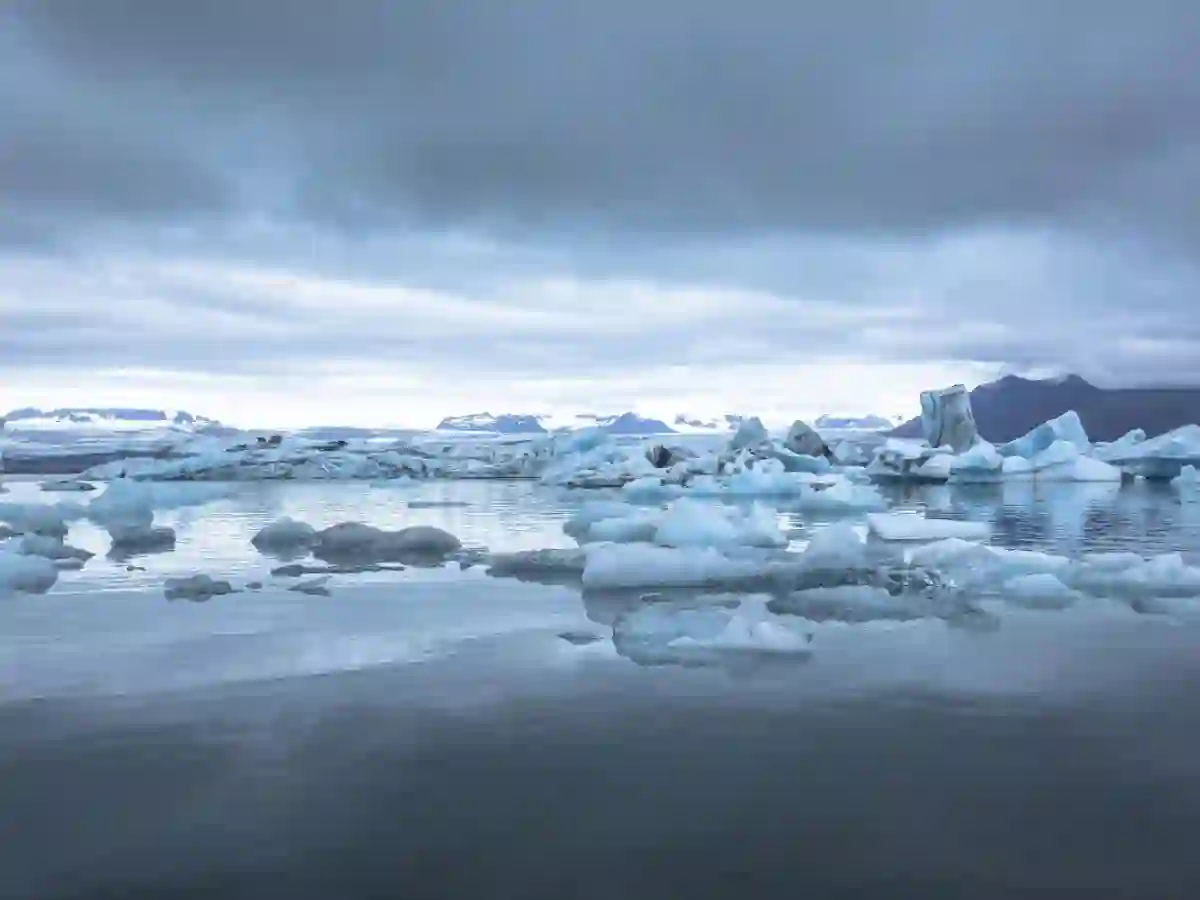When we think of glowing organisms, fireflies or deep-sea creatures might come to mind.
But Russian scientists have just taken it to a whole new level — by turning ordinary microbes into glowing environmental watchdogs for the Arctic seabed.
It’s science meets nature in the coolest way possible.
And the mission? To detect toxic pollution hiding beneath the icy waters of the north.
Everyday Bacteria, Extraordinary Role
At the heart of this breakthrough are some well-known microbes: Escherichia coli and Bacillus subtilis.
Normally associated with labs and textbooks, these tiny organisms have now been given a new job — helping scientists keep tabs on the Arctic’s fragile marine ecosystems.
Researchers from the Moscow Institute of Physics and Technology (MIPT) genetically modified these microbes so that they glow — literally — when they come into contact with harmful toxins.
The glow, known as bioluminescence, acts as a bright warning signal that something’s not right.
Testing the Glow in Arctic Depths
To put their invention to the test, the team headed to the Barents, Kara, and Laptev Seas, collecting sediment samples from as deep as 300 meters below the surface.
They introduced their glowing microbes to these samples and observed how they reacted.
The results? The microbes lit up beautifully in the presence of pollution, making it easy to map out where toxins were hiding in the seabed.
The brighter the glow, the more contamination was present.
It’s like watching a warning flare beneath the ice.
The Ocean Floor’s Silent Storyteller
Seabed sediments aren’t just mud and muck — they’re natural archives, storing the history of pollution, chemical changes, and ecosystem activity over time.
With these biosensors, scientists can now “read” those stories as they unfold, instead of waiting for lab results or missing subtle signs altogether.
It’s a game-changer for environmental science.
Real-time insights mean quicker action and smarter decisions when it comes to protecting our oceans.
Why This Breakthrough Matters
The Arctic is changing fast — and not always for the better.
Climate shifts, industrial activity, and melting ice are creating new environmental risks.
Having a way to monitor what’s happening below the surface is more important than ever.
These glowing microbes aren’t just cool — they’re crucial.
They help researchers track how pollutants behave, how they spread, and how ecosystems respond over time.
That kind of data can help us prevent disasters, shape smarter policies, and better protect the Arctic’s unique environment.
Looking Ahead to Bigger Possibilities
This is just the beginning. The success of these biosensors opens the door to even more creative ways of tracking pollution, not just in the Arctic, but in any environment where toxins are a concern.
Imagine similar technology being used in rivers, lakes, or coastlines near cities and factories.
Or in places too remote for humans to monitor regularly.
The possibilities are wide open — and glowing.
In the end, these tiny glowing helpers might just become some of our best allies in the fight to keep our planet clean and thriving.
